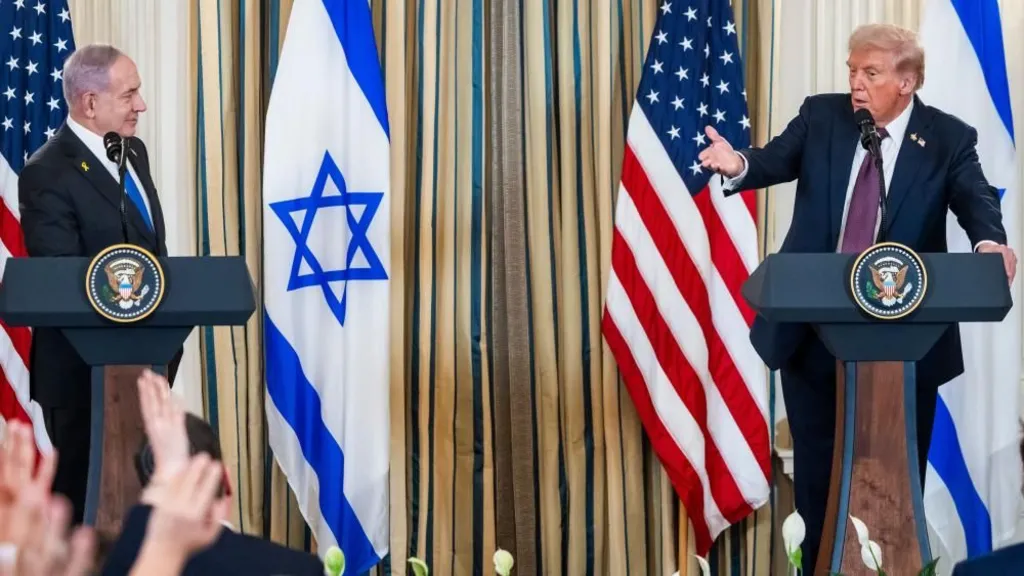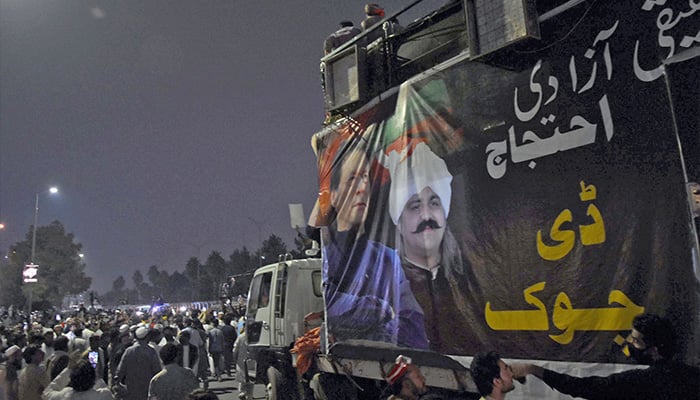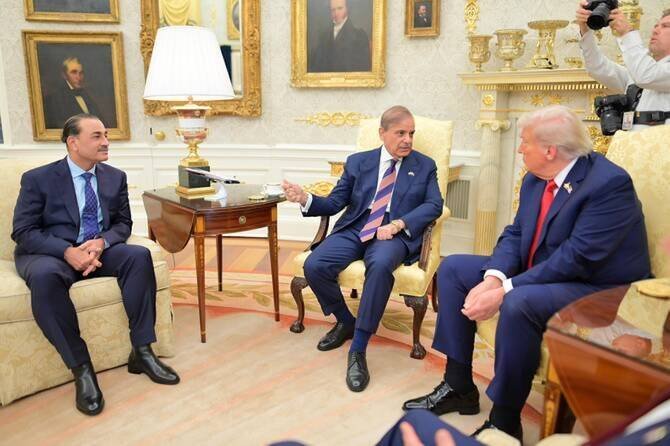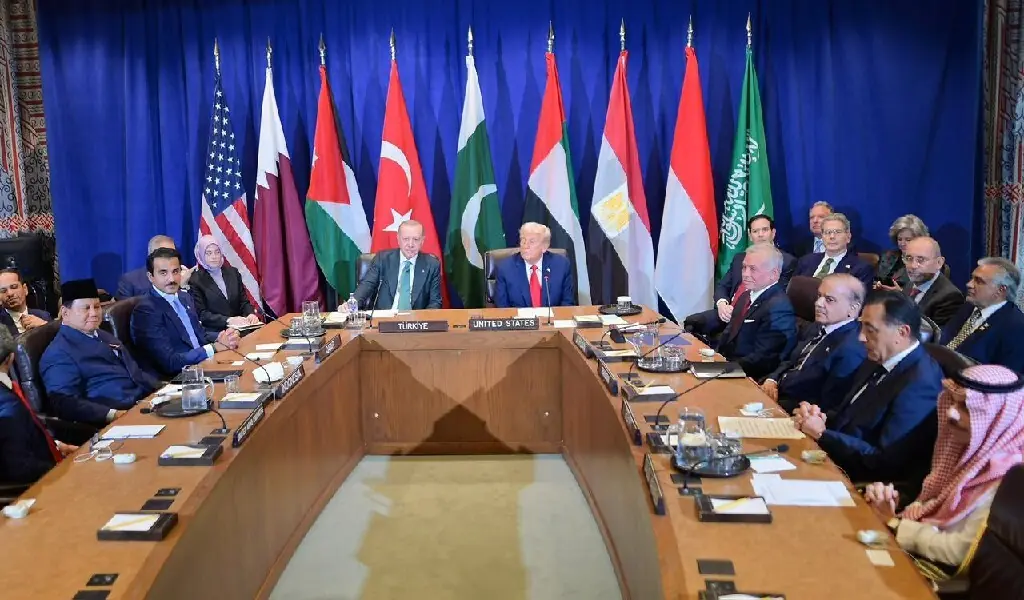Editorial
US President Donald Trump’s 20-point Gaza peace plan represents one of the most ambitious proposals in recent years to resolve the long-standing conflict. Accepted by Israeli Prime Minister Benjamin Netanyahu but still awaiting Hamas’s response, the plan merges humanitarian commitments, political restructuring, and regional security frameworks under a structure of international oversight. Its sweeping scope demonstrates not only an attempt to halt hostilities but also a blueprint for long-term transformation of Gaza.
The plan’s foundation rests on the vision of Gaza as a demilitarized and terror-free zone, free from threats to its neighbors. Beyond security, it places emphasis on redevelopment—hospitals, electricity networks, water systems, and essential infrastructure—to address the severe humanitarian crisis. Hostage exchanges and prisoner releases are placed at the heart of the first phase, positioning reconciliation and humanitarian relief as necessary steps before larger political reforms can take effect.
Follow Republic Policy on YouTube
A critical aspect of the proposal is its governance mechanism. Trump envisions a technocratic Palestinian committee working under the supervision of a newly established international “Board of Peace,” which he himself would chair. This body, supported by global figures such as former UK Prime Minister Tony Blair, would oversee administration and reconstruction until the Palestinian Authority demonstrates the capacity to resume control. Such an arrangement suggests a hybrid model of international trusteeship blended with local expertise.
Economically, the plan is ambitious. It calls for special investment zones, preferential trade agreements, and international partnerships to rebuild Gaza’s economy. By promoting industrial growth, creating jobs, and introducing amnesty or safe passage for demilitarized Hamas members, the framework seeks to replace conflict with opportunity. The idea of a buyback program for weapons under international monitoring reflects lessons drawn from other post-conflict regions.
Follow Republic Policy on Facebook
Security, however, is the linchpin of the entire proposal. A US-supported International Stabilisation Force (ISF), in coordination with Egypt and Jordan, would provide oversight while training vetted Palestinian police forces. Gradual withdrawal of Israeli forces is linked directly to verifiable demilitarization milestones, ensuring that Israel retains defensive assurances during the transition. By rejecting annexation, the plan attempts to address longstanding Palestinian fears of permanent occupation.
Follow Republic Policy on TikTok
The broader political and cultural vision is equally notable. The plan advocates interfaith dialogue to transform societal narratives, while also proposing a credible path to Palestinian statehood once reforms are implemented. It underscores dialogue between Israel and the Palestinians as a cornerstone of durable peace. Despite being welcomed by several Middle Eastern and European leaders, the proposal confronts significant barriers, primarily Hamas’s undecided position and the entrenched distrust that defines the conflict.
Follow Republic Policy on Instagram
Ultimately, Trump’s plan illustrates both ambition and fragility. It offers a structured path to peace and development but hinges on the willingness of all stakeholders to compromise. Its success depends on Hamas’s response, Israel’s restraint, and the international community’s readiness to enforce guarantees. Whether it becomes a transformative reality or another stalled initiative will be determined by the political will to prioritize peace over continued warfare.














